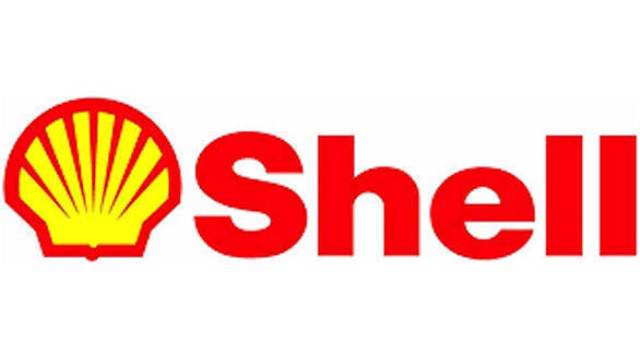Shell’s strategy will rebalance its portfolio, investing annually $5-6 billion in its growth pillar

Shell has set out its strategy to accelerate its transformation into a provider of net-zero emissions energy products and services, powered by growth in its customer-facing businesses. A disciplined cash allocation framework and rigorous approach to driving down carbon emissions will deliver value for shareholders, customers and wider society. Shell also confirmed its expectation that total carbon emissions for the company peaked in 2018, and oil production peaked in 2019.
“Our accelerated strategy will drive down carbon emissions and will deliver value for our shareholders, our customers and wider society,” said Royal Dutch Shell Chief Executive Officer, Ben van Beurden.
“We must give our customers the products and services they want and need – products that have the lowest environmental impact. At the same time, we will use our established strengths to build on our competitive portfolio as we make the transition to be a net-zero emissions business in step with society.
“Whether our customers are motorists, households or businesses, we will use our global scale and trusted brand to grow in markets where demand for cleaner products and services is strongest, delivering more predictable cash flows and generating higher returns.”
From today, Shell is integrating its strategy, portfolio, environmental and social ambitions under the goals of Powering Progress: generating shareholder value, achieving net-zero emissions, powering lives and respecting nature. Shell’s reshaped organisation will deliver on these goals through the three business pillars of Growth, Transition and Upstream.
The company shares details of how it will achieve its target to be a net-zero emissions energy business by 2050, in step with society’s progress towards achieving net zero. This target covers the emissions from our operations and the emissions from the use of all the energy products we sell. And crucially, it includes emissions from the oil and gas that others produce and Shell then sells as products to customers, making the target comprehensive.
Shell will continue with short-term targets that will drive down carbon emissions as we make progress towards our 2050 target, linked to the remuneration of more than 16,500 staff. This includes a new set of targets to reduce our net carbon intensity: 6-8% by 2023, 20% by 2030, 45% by 2035 and 100% by 2050.
Shell’s aim is to build material low-carbon businesses of significant scale by the early 2030s. Upstream will continue to deliver vital energy supplies, which will help to generate the cash and returns needed to fund shareholder distributions while accelerating investment in the growth businesses to capture new market opportunities.
In the near term, Shell’s strategy will rebalance its portfolio, investing annually $5-6 billion in its growth pillar (around $3 billion in marketing; $2-3 billion in renewables and energy solutions), $8-9 billion in its transition pillar (around $4 billion integrated gas; $4-5 billion chemicals and products) and around $8 billion in upstream.
Subscribe to our newsletter & stay updated.